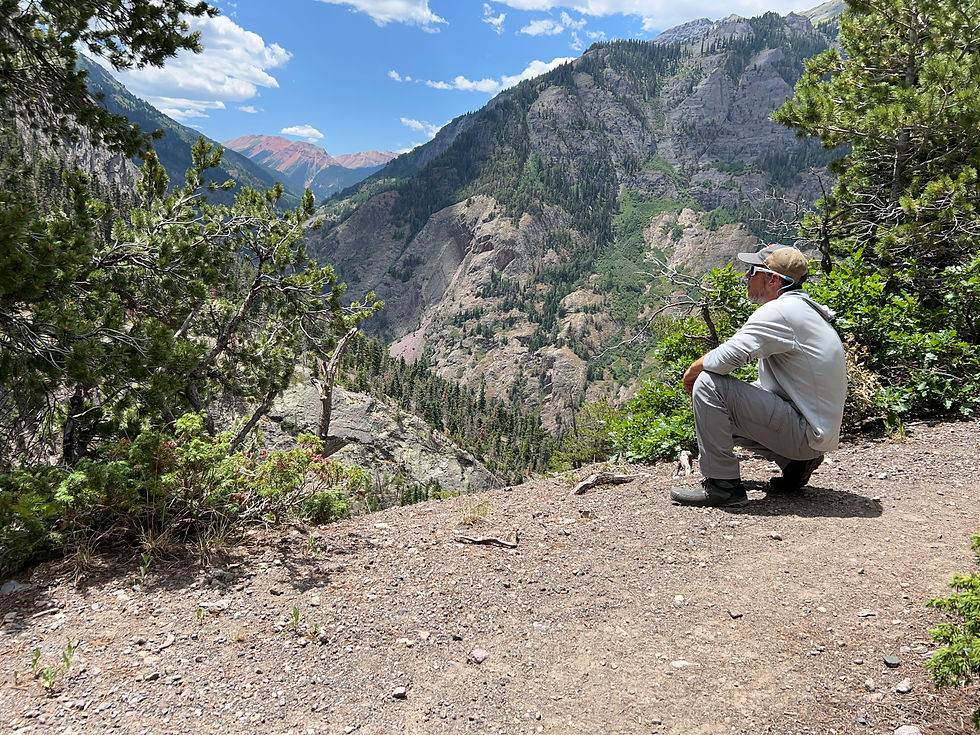How to Prepare Your Property for a Successful Portable Sawmill Visit
- Jason Smith

- Jun 23
- 2 min read
Bringing a portable sawmill to your property is one of the best ways to turn logs into valuable, usable lumber—right where the trees grew. But for the process to run smoothly and efficiently, a little preparation goes a long way.
As a sawmill operator, I do a lot of planning before I even arrive on-site. From wind direction to ground conditions, there are several key factors that affect the quality and speed of the job. In this post, I’ll walk you through what I look for when I assess a milling site—and how you, as the landowner or customer, can help make the process as efficient and productive as possible.
Why Site Setup Matters
Portable sawmilling is part art, part science, and part logistics. If the site is well-prepared, I can focus on sawing beautiful lumber. But if I’m navigating mud, slopes, poor access, or scattered logs, time gets lost and frustration levels rise.

Preparing the site isn’t just about convenience—it directly affects:
The quality of your lumber.
How much I can saw in a day
What I Plan Before Arriving
The day before your milling job, I typically review the property using satellite maps. This helps me:
Understand the terrain and layout.
Plan the best entry and exit routes for equipment.
Identify potential mill setup areas.
I also look at the weather forecast, especially the wind direction. I try to set up the mill so the wind blows sawdust away from me.
What Makes a Great Milling Site
Here’s what I assess the moment I arrive—and what you can prepare in advance:
1. Level, Firm Ground
A portable sawmill needs a stable, relatively flat area to operate safely. Avoid slopes, soft mud, or uneven ground if possible.
2. Clear Log Staging Area
Lay out the logs neatly and close to where the mill will be set up. Ideally:
Logs are placed perpendicular to the mill loading side.
Logs are clean and free from mud or embedded gravel.
They’re sorted by size or species to speed up decision-making.
3. Wind Direction
If there’s flexibility on where we set up, choose a spot where the prevailing wind will blow sawdust away from the mill operator and the work area.
4. Space for Equipment
I’ll need enough room to:
Pull in and unload the mill.
Turn around and reposition my truck or trailer if needed.
Safely operate without bumping into trees, fences, or parked vehicles.
5. Lumber & Scrap Handling
Think through where:
Finished lumber will be stacked (preferably on blocks or stickers to stay off the ground).
Slabs, offcuts, and sawdust will go. (Burn pile? Compost? Saved for firewood?)
Tips to Make the Most of Your Milling Day
Mow or trim vegetation in the milling area to reduce trip hazards.
Mark logs you want to prioritize or that may contain metal.
Have helpers ready, if possible, to assist with moving material.
If you have a tractor or skid steer, let me know—this can speed things up.
Let me know if you have questions. Happy to help!
Best!







Comments